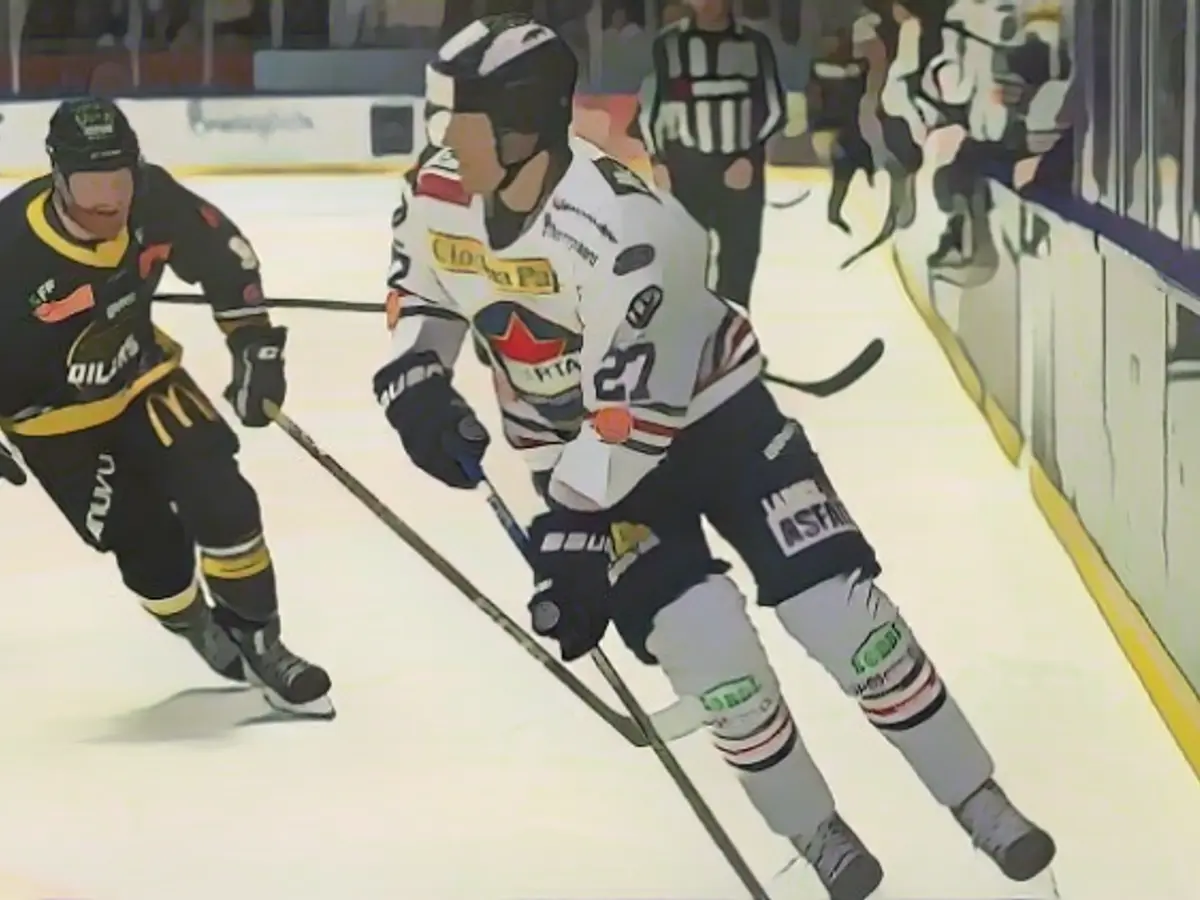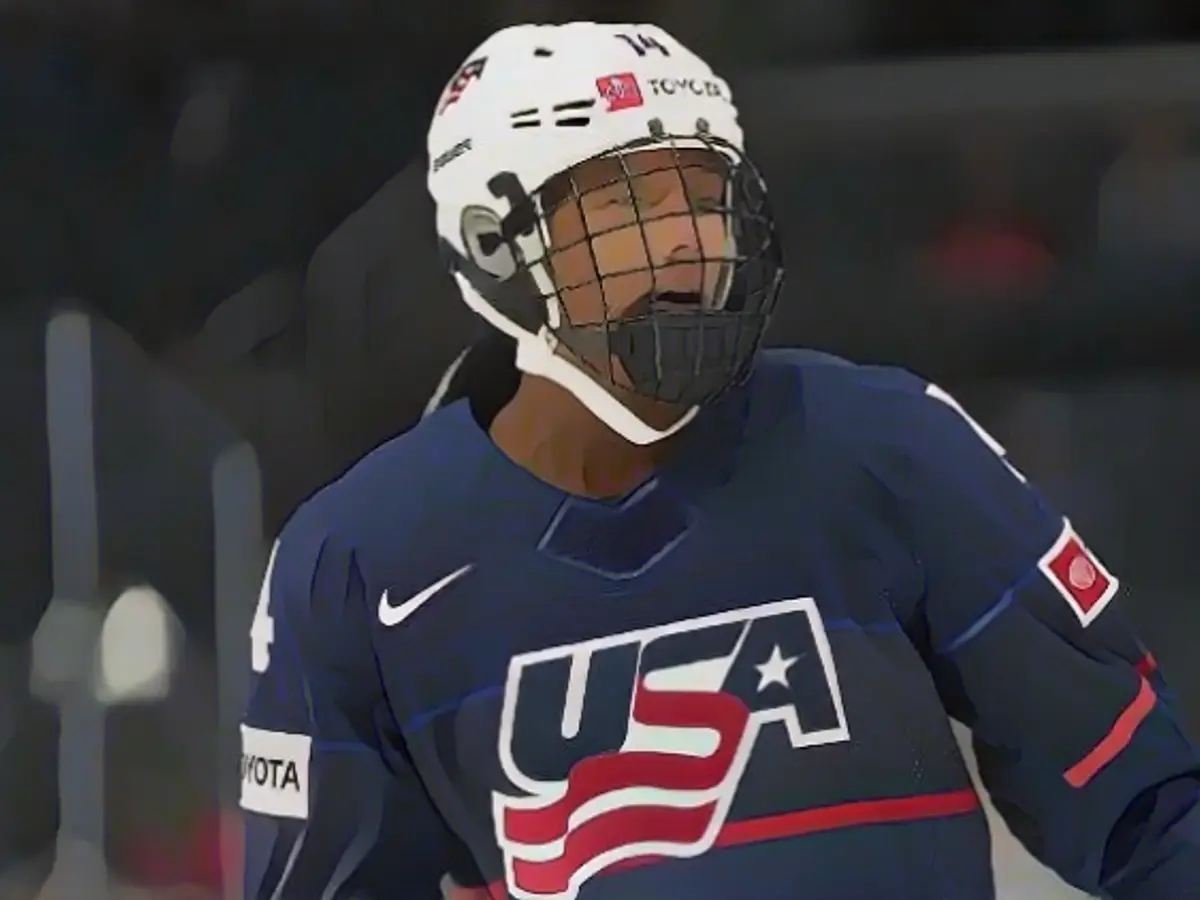Skating Slashes Send Shivers Down Spines in Ice Hockey
The ice hockey world has been on edge lately, with two harrowing incidents rocking the sport. Recently, 19-year-old Norwegian defender Jonas Nyhus Myhre had a close brush with danger during a game against Storhamar Hockey. His chest was sliced open by an opponent's skate blade, leaving him shaken but grateful for a lucky escape.
Myhre recalled the chilling experience as if it were a nightmare. "It felt like a wild horse kicked me," he told Swedish newspaper "Aftonbladet." Initially, the adrenaline rush forced him to keep playing, but the pain eventually caught up with him. His protective gear managed to deflect the blade to some extent, but it still left a deep gash.
The pain and the sight of his own blood made Myhre realize the gravity of the situation. He asked his teammates for confirmation, and they confirmed his fears. The injury required immediate medical attention, leaving Myhre sidelined for the U20 World Championships in Sweden.
This recent incident came just weeks after the tragic death of Adam Johnson, a British ice hockey player who was hit by a skate blade in October while playing for his club, Nottingham Panthers. The 29-year-old professional from Augsburg succumbed to his injuries.
In response to these incidents, the German Ice Hockey League (DEL) and the International Ice Hockey Federation (IIHF) announced mandatory neck protection for all players starting from January 1. However, supply chain issues have delayed the IIHF's implementation, leaving players exposed to potential risks.
Adding a Safety Net
Handling skate blades with care and attention can significantly reduce the risk of severe injuries in ice hockey. While mandatory neck protection and proper skate maintenance are crucial, the "towel trick" and off-ice training blades like DriBlades can further reduce the risk.
Handling skate blades with proper care involves using gloves or towels to prevent accidental cuts, regularly checking and maintaining the blades, and ensuring proper installation. Additionally, wearing cut-resistant neck guards, using blade covers, and maintaining regular blade sharpening can further enhance safety.
DriBlades, designed for off-ice training, help keep blades dry and maintain their sharpness. This reduces the risk of accidents caused by dull blades and minimizes the potential for injuries while on the ice.
By employing these safety measures, players can significantly reduce the risk of severe injuries in ice hockey.







